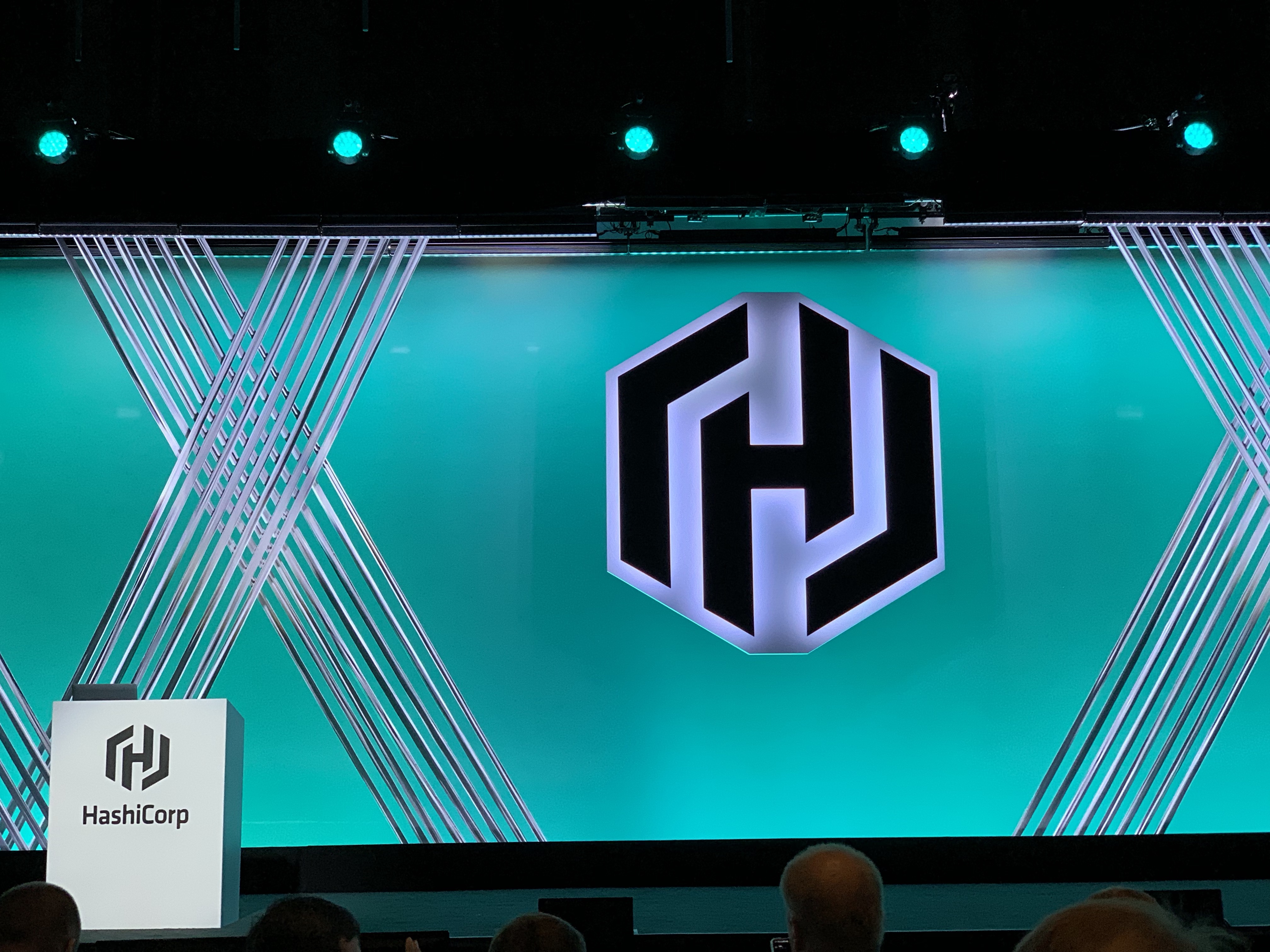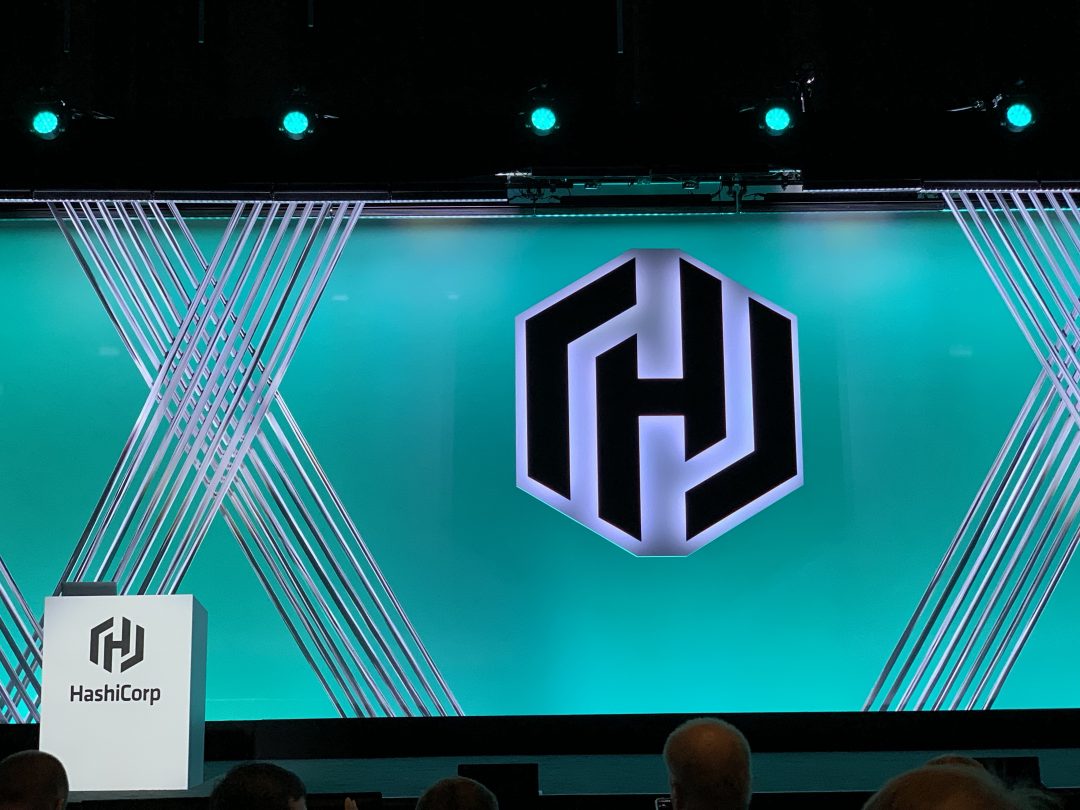5 Takeaways from HashiConf 2019
Blog: BPM Blog Avio Consulting

This was my first year attending HashiConf and it was great to meet others interested in HashiCorp products. I enjoyed discussing how other organizations are using HashiCorp solutions to solve their unique problems.
There were many interesting presentations, but here are 5 big takeaways I took from HashiConf 2019:
1. The world is going “multi-everything”
In the opening keynote, Founder and co-CTO, Armon Dadger brought up the idea that the world is going “multi-everything” and that move is driving growth in HashiCorp users. What he meant by “multi-everything”, is that companies are using multiple cloud providers, multiple platforms, and multiple services. It used to be that we would only use VMs and physical machines, but now we’re also using containers, server-less, and FaaS solutions. In addition, companies are using micro-services to replace their old monolithic services.
2. Terraform Cloud
As part of the opening keynote, Armon also announced the release of Terraform Cloud, which has three tiers to offer, including a free tier. This is a significant addition to HashiCorp’s offering for Terraform.
The free tier offers a central state management location, VCS connections, and a full UI offering. It does have a 5 user limit, though. The other two tiers remove the limit on the number of users and allow multiple teams and add in permissions and role-based access control.
The top tier of Terraform Cloud, also adds cost estimation for Terraform to help you plan for your cloud infrastructure costs. A useful addition.
3. HashiCorp Consul Service on Azure (HSC)
After Armon was done announcing Terraform Cloud, Mitchel Hashimoto, Founder and co-CTO, came on stage and announced HashiCorp Consul Service on Azure (HSC). HSC allows one to easily create Consul Clusters on Azure. HashiCorp will manage the scale-up and down, upgrades, and backups for the clusters running as part of HSC. The service is currently in private beta.
4. Use Terraform to Manage Vault
Terraform should be used to manage Vault authentication backends, secrets engines, and policies. There is a Vault provider for Terraform that is maintained by the Vault team, so it is kept up to date. Codifying the Vault configuration, allows changes to be maintained the same way as application code. This is extremely important when Vault is storing your company’s secrets.
5. Avoid Big Bang releases with new features in Consul
In a recent release of Consul, HashiCorp added additional Layer 7 observability, which opens up many new options to avoid big bang releases of new services. Using Consul’s service-resolver, service-splitter, and service-router configurations enable traffic routing, traffic resolving, traffic splitting, A/B testing, and canary deployments. These features together allow for a more manageable rollout of changes to applications, including the ability to rollback in seconds if there is an issue.
HashiConf has been growing every year, with more speakers and more people each year. I can’t wait to see what HashiConf 2020 will bring.
Leave a Comment
You must be logged in to post a comment.









Join the Conversation